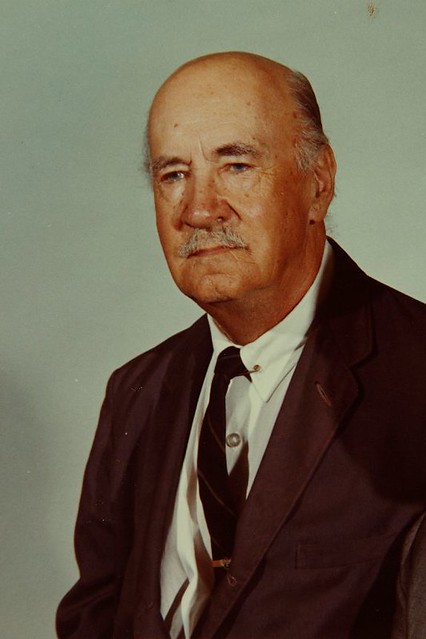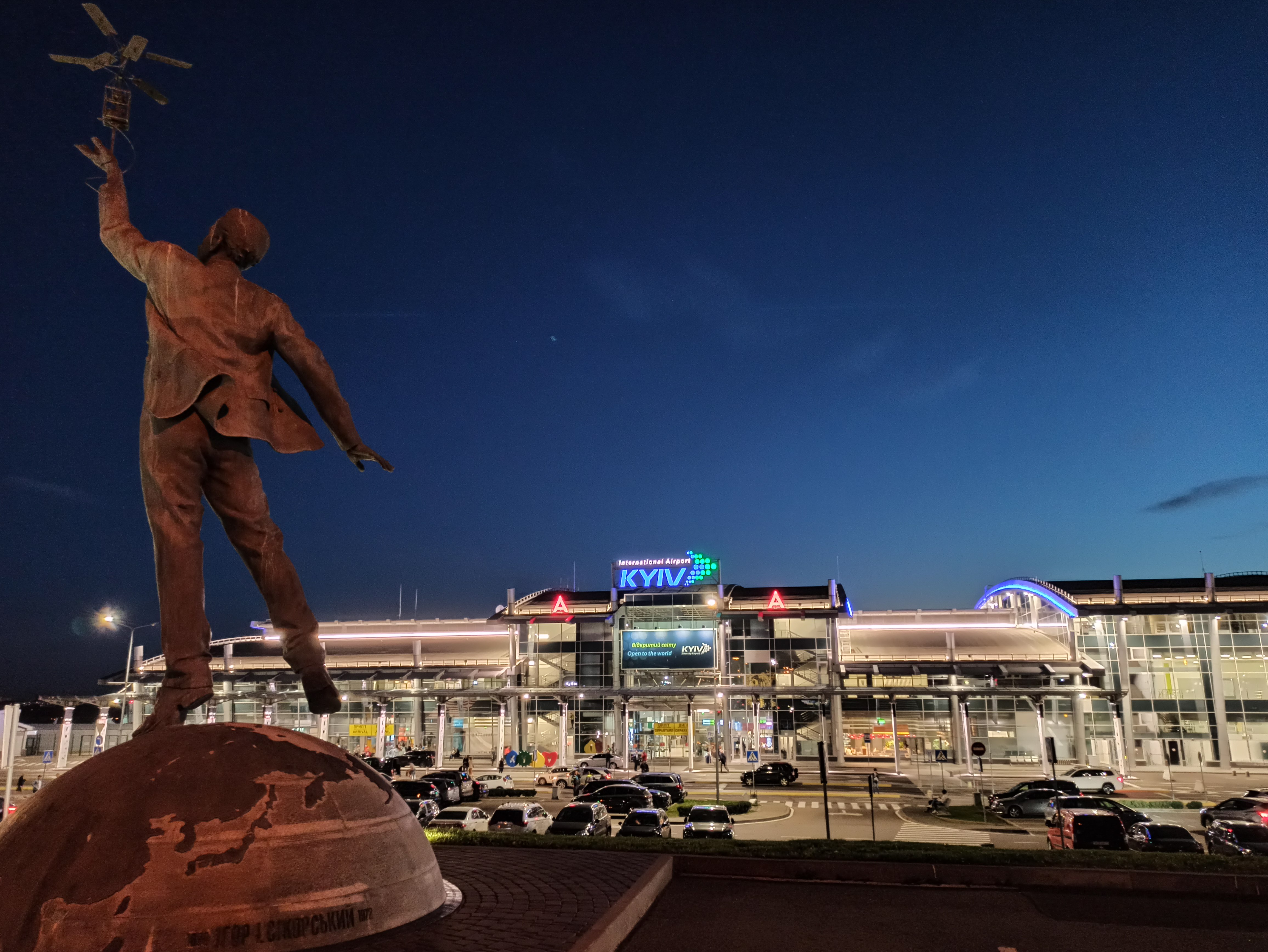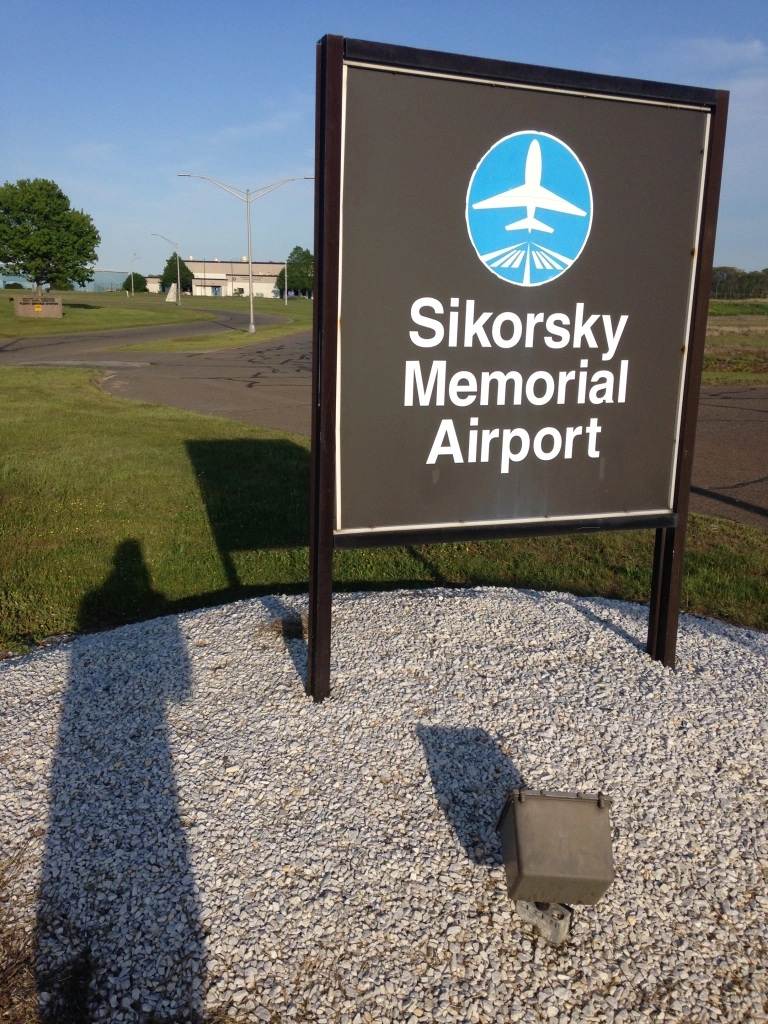
Today’s edition of “the Wednesday Who” introduces us to Igor Sikorsky.
Sikorsky was born on 25 May 1889 in Kiev, which at the time was part of the Russian Empire. According to Britannica, his mother’s zeal for Leonardo da Vinci helped pave the way for his interest in engineering and mechanics; this was first demonstrated when, at 12 years old, he created a rubber-powered helicopter that could actually take-off.
After a spell studying engineering in Paris, and at the Kiev Polytechnic Institute, the watershed moment in Sikorsky’s life occurred in 1908, when he traveled around Europe, meeting inventors who were trying to match the prowess of the Wright brothers. Similar to Leonardo da Vinci, his epiphany was that the key way to fly was “straight up.” With a loan from his sister Olga, in Kiev in 1909, he purchased a lightweight engine to experiment on making what we now know as helicopters.
Although these prototypes had failed, for the time being he shifted to constructing airplanes. After a series of tests on various biplanes, the S-5 permitted Sikorsky to take short national flights, and even earned him an international pilot’s license. Having won an award for the subsequent model the S-6, he made a quantum leap and designed the world’s first 4-engine airplane, the “Ilya Muromets,” named for a Russian folk hero. Although he designed it to carry passengers, the Russian air force converted it into a bomber, influencing the design of both commercial and military planes for decades to come.
Following World War I, he immigrated to the United States. He started off as a math teacher, then after a few years founded the Sikorsky Aero Engineering Corporation in 1923 on a Long Island chicken farm. The company’s first order was to build seaplanes to assist with mail delivery; once the demand became too great, in 1929 he relocated the now-Sikorsky Aviation Corporation to Stratford, Connecticut, to be able to test his planes on the Housatonic River and Long Island Sound; per Lemelson-MIT, these seaplanes eventually adopted the names “American clippers” and “flying boats,” transporting goods and armed forces members across the Atlantic and the Pacific.
In spite of his success with airplanes, Sikorsky never shook his intention of creating the first viable helicopter. On 14 September, 1939, his VS-300 — made possible by a single rotor on the tail of the craft — lifted off, although following numerous design changes, the first actual test flight happened on 14 January 1942, with Sikorsky, as always, as the pilot.
Following this groundbreaking invention, Sikorsky continued to work in engineering at his company until 1957, from which point he received numerous awards and honorary degrees from institutions worldwide. In the 1960s, he published two books, including an autobiography in 1967, and died in Easton, Connecticut on 26 October 1972.
For his incredible devotion and achievements to the world of aviation, not one but two airports are named for Igor Sikorsky:
Igor Sikorsky Kyiv International Airport (Zhuliany), Ukraine

and …
Sikorsky Memorial Airport in Stratford, Connecticut, where Sikorsky’s company is still located.


Leave a Reply